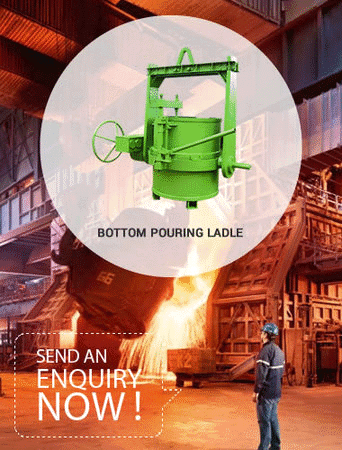Coconut Husk is the outer layer of the coconut fruit. It consists of long fibres, medium length fibres, short fibres, baby fibres and pith (coir dust or coir waste). The process of separating the long, medium and short fibres from baby fibre and pith is called coir fibre extraction process.
There are two types of husks used for fibre extraction namely
1. Green husks
2. Brown husks
The husks are named green or brown (also called dry) after the colour of the husks. The fibre obtained from green husk is called white fibre, while the fibre obtained from brown husk is called brown fibre.
Based on the fibre length, Coir Fibre is classified into
1. Bristle Fibre (also called Long fibre)
2. Mattress Fibre ( mixture of medium and short fibres)
3. Mixed Fibre ( mixture of Long, medium and short fibres)
4. Baby Fibre
Fibre Quality
Fibre quality is determined based on the length of the fibre and how well the pith is removed from the fibre.
Soaking Process
Soaking husks in water is the main criterion that determines fibre quality. By soaking, the hard portion of the husks get softened; the fibres get loosened and hence fibre extraction becomes easier, fibres don’t get cut a lot thereby sustaining fibre length and pith removal from the fibre is improved to a significant extent.
Applications
Based on the fibre quality, coir fibre is used to make
1. yarns used for weaving geo-textiles, floor mats and matting
2. curled ropes used in mattresses and couches
3. brushes
4. coir logs used to prevent soil erosion
5. Needle felt used in rubberized coir mattresses, etc…

